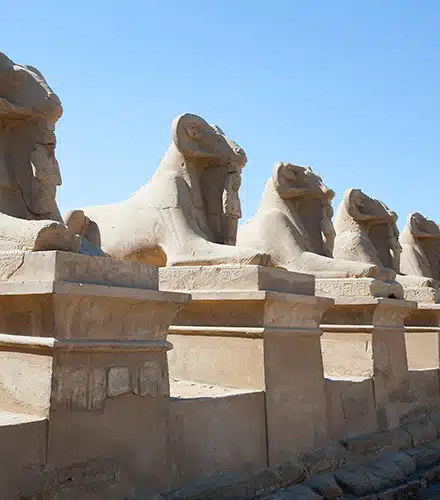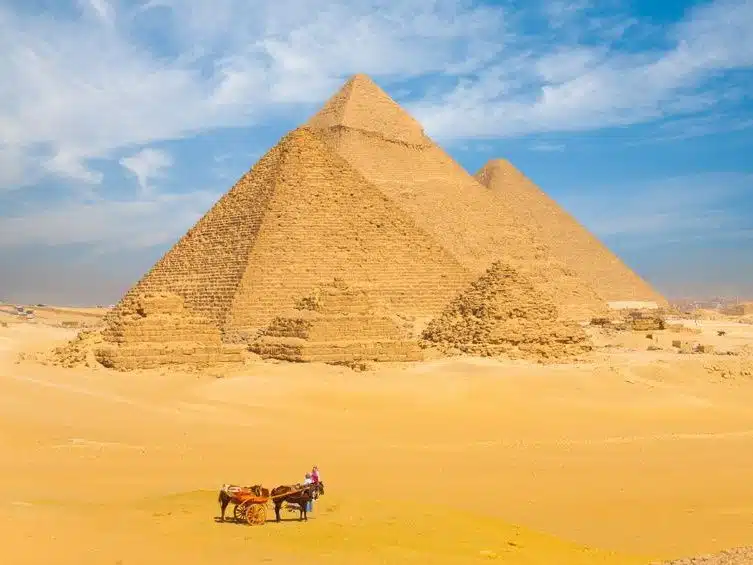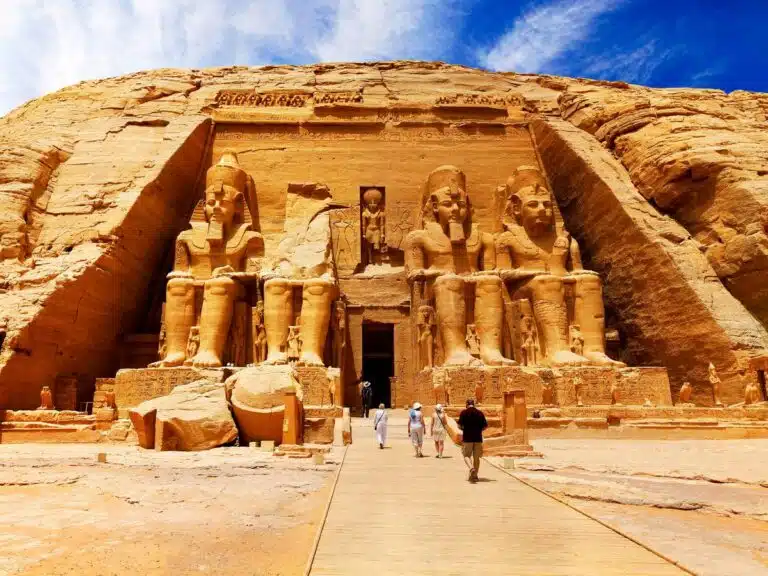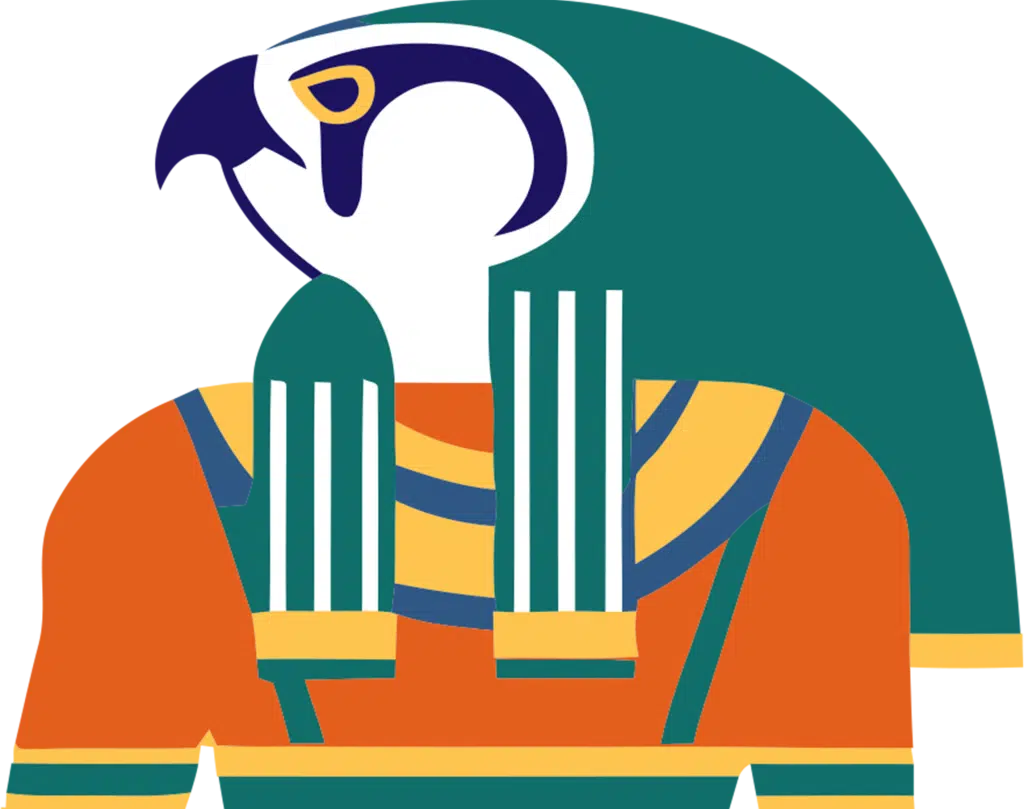Luxor, located on the east bank of the Nile River in southern Egypt, is often referred to as the world’s greatest open-air museum. With its vast collection of ancient temples, tombs, and monuments, Luxor is a dream destination for history lovers and cultural explorers.
Top Attractions in Luxor
1. Karnak Temple Complex
The Karnak Temple is one of the largest religious buildings ever constructed. Dedicated mainly to the god Amun, it includes towering columns, massive statues, and a sacred lake. Don’t miss the impressive Hypostyle Hall with its 134 giant columns.
2. Luxor Temple
Located in the heart of the city, Luxor Temple is beautifully illuminated at night. It was used for religious festivals and connected to Karnak by the Avenue of Sphinxes. Walking through the temple feels like stepping back in time.
3. Valley of the Kings
On the west bank lies the famous Valley of the Kings, where over 60 tombs of pharaohs and nobles have been discovered. The most notable is the tomb of Tutankhamun, filled with treasures when it was found in 1922.
4. Hatshepsut’s Temple
The Mortuary Temple of Queen Hatshepsut is an architectural masterpiece built into the cliffs of Deir el-Bahari. Its unique terraced design makes it one of Luxor’s most photogenic spots.
5. Colossi of Memnon
These two massive statues of Pharaoh Amenhotep III have stood for over 3,400 years. While only fragments remain, they are still an iconic photo stop on any Luxor tour.
Travel Tips for Luxor
-
Best time to visit: October to April, when the weather is cooler and ideal for sightseeing.
-
Getting around: Taxis, local guides, or Nile cruises offer convenient transport.
-
Wear comfortable shoes and sun protection—many sites require walking and have limited shade.
Luxor offers a deep dive into the heart of ancient Egypt. From majestic temples to secret tombs, every corner of the city tells a story that dates back thousands of years. If you’re planning a trip to Egypt, Luxor is an absolute must-see destination.





